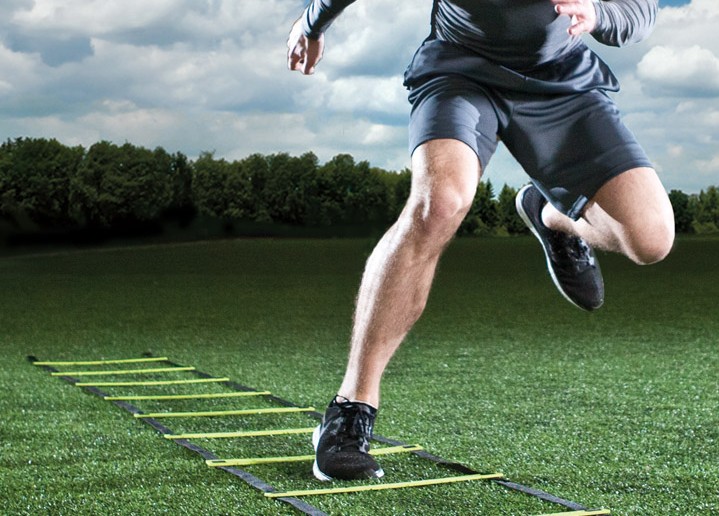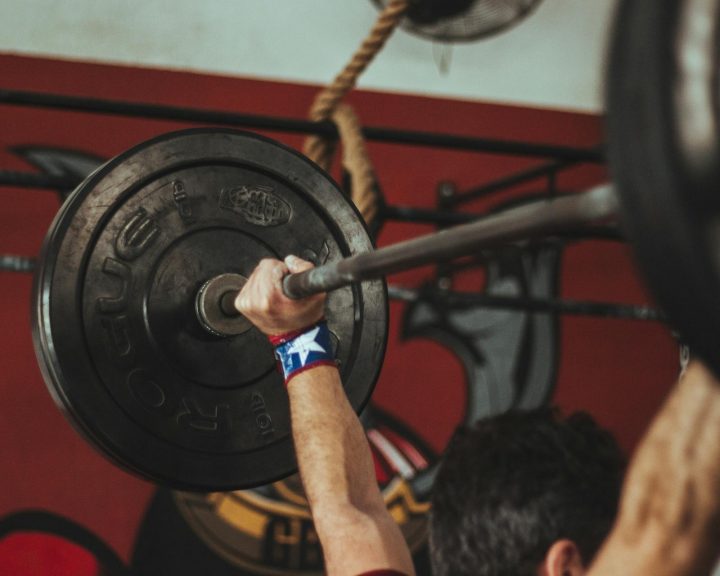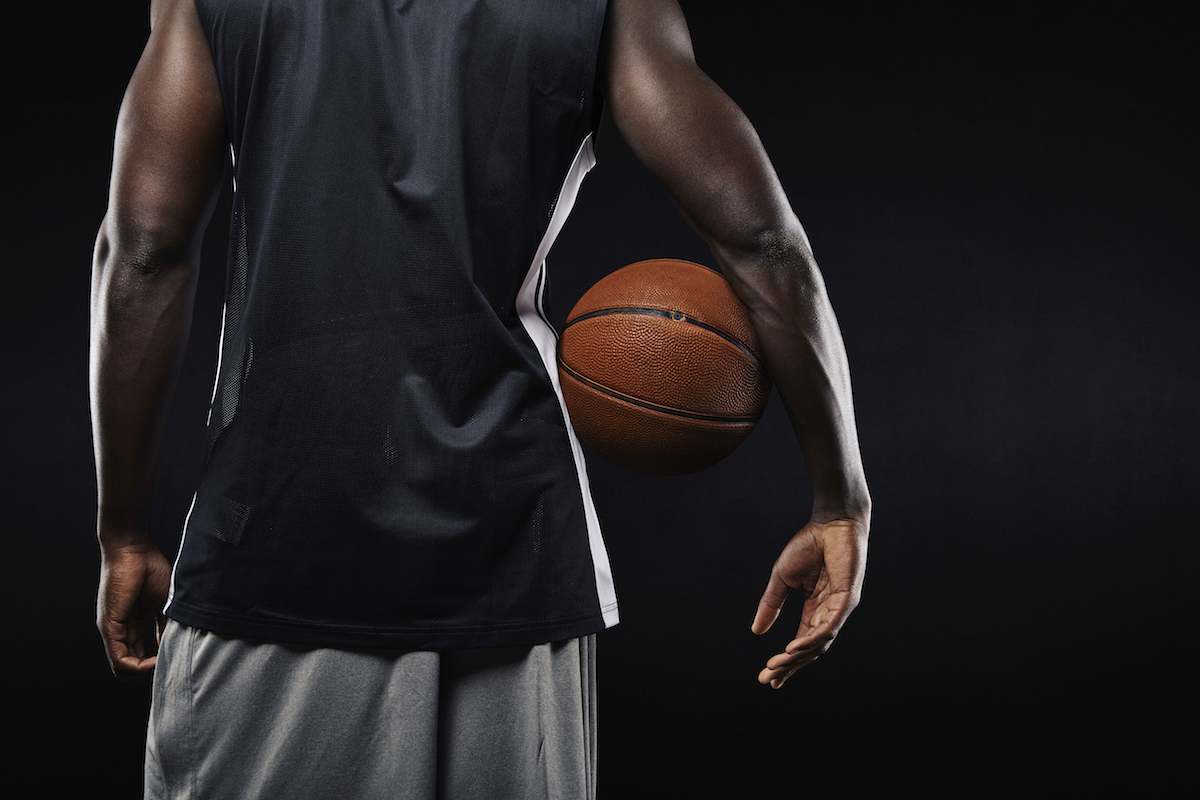With this post I’m going to cover the concept of specificity. I’m going to begin by discussing this in terms of strength and conditioning. However, this is a concept that also applies to developing sports skills and situational knowledge. With that in mind we’re going to hit all these areas for this extremely critical concept.
First, what is specificity? Simply put, specificity says that we get what we train for. Or, more formally, the body adapts to training according to the demands placed upon it. On the surface this is something we’ll read and say, “Duh!” However, it’s actually a complicated and elegant principle of training.
First, it applies to muscles and joints. In other words, if we want certain muscles and joints developed through training then we have to do exercises that are focused on them. For example, if we want to increase the size of our deltoids then doing lots of calf exercises won’t help us out there.
Second, it applies to motions. Again, if we want to get better at a motion or an exercise (which is a complicated motion) then we need to perform exercises focused on improving them. For example, if you want to improve your bench press then leg presses won’t help you out.
Third, it applies to energy systems. For example, if we are in a sport that involves brief, high intensity activities with full recovery then we need to train accordingly. Running hundreds of miles a week won’t make you a better hundred meter sprinter.
It is not clear if specificity applies to the velocity of movement. There have been a lot of flawed studies about this topic. What we do know is that if we want to be explosive then we are going to need a solid strength base, we’re going to need
So, a strength and conditioning program needs to be designed around addressing the muscles, motions, and energy systems that are important for sports performance.
Specificity also applies to sports sills and situational practices. For example, baseball players spend a lot of time practicing fielding against ground balls, catching pop flies, and catching the ball that is thrown from their teammates. But, that doesn’t mean that they can do these skills in games when the game is on the line.
If we want to get better at sports skills, after we have had a chance to learn them at slow speeds we need to start practicing them under conditions similar to what is seen in games. For example, baseball players learn to field ground balls by having them thrown at them. But, that’s not the speed, unpredictability, or violence of a hard-hit ground ball in a game. This means simulating this either by hitting the ball to them or using a pitching machine.
The same concept applies to game situations. It is one thing to catch the ball from a teammate. It is another to catch the ball during a pickoff attempt when knowing that dropping it will result in at least a stolen base and possibly runs scored. This means that this has to be practiced with baserunners.
The point behind this article is that it is important to carefully think about what kind of adaptations you want your athletes to make as a result of strength, conditioning, and sports training. Once that has been done, it is important to design training programs, drills, practices, and scrimmages to address what we want to develop. If we fail to do that as coaches then we are leaving the athlete’s improvements to chance.



